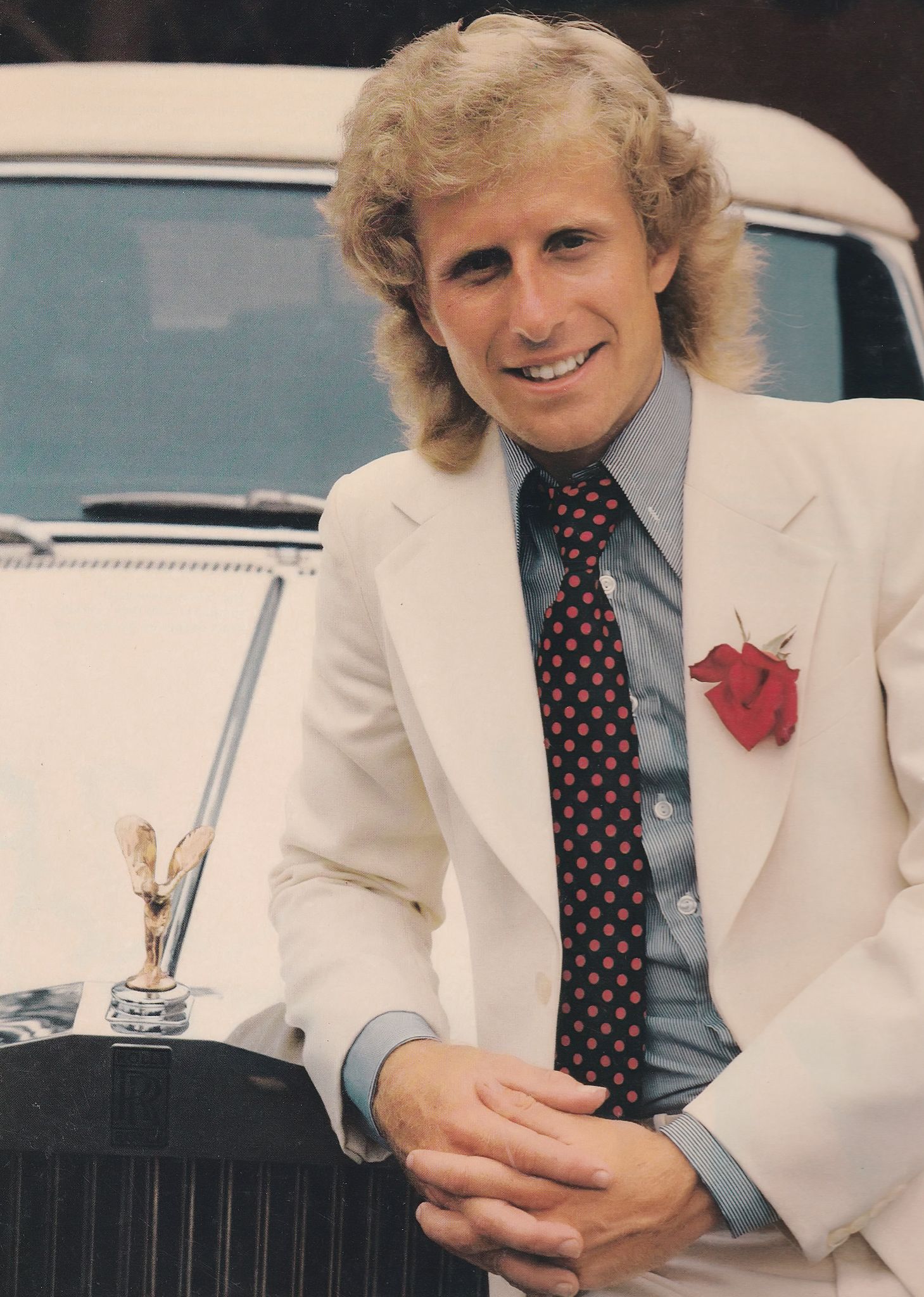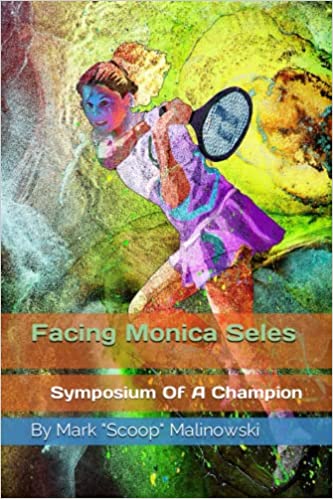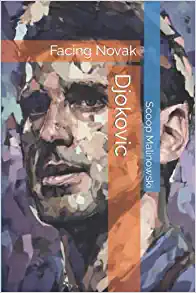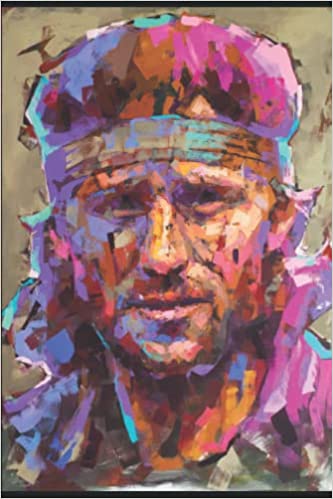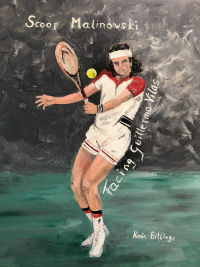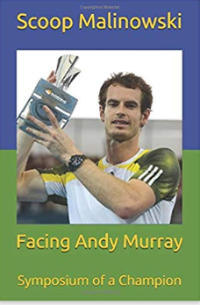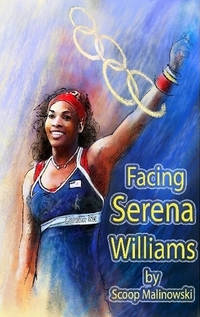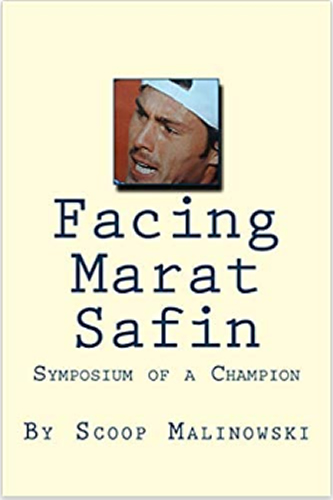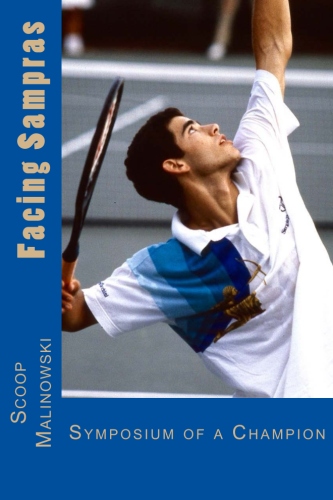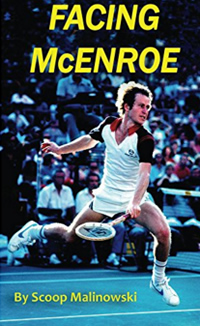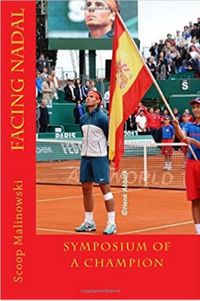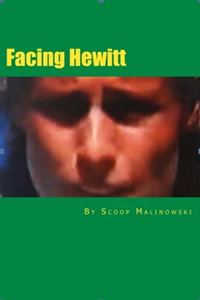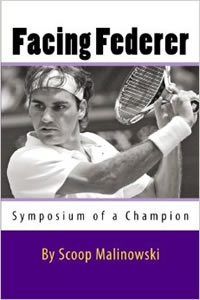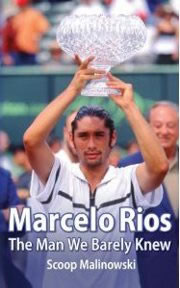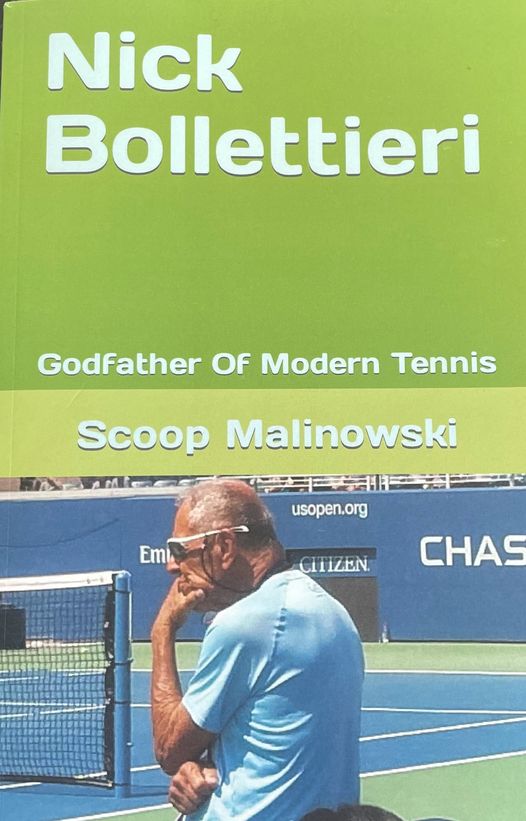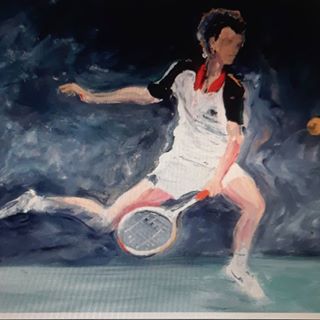
Did you know there is a company which has created throwback attire from the 80s era? Yes, you can purchase the classic iconic Fila, Sergio Tacchini, Ellesse outfits of Borg, Vilas, McEnroe, etc.
The companies have re-created the original designs and tennis coach/entrepreneur Jay Henley sells them from his web site www.goldenageoftennis.com
I wrote these profiles for each of the players (see below). Check out the site and the various clothing available now for purchase. I am now a happy wearer of two McEnroe Tacchini shirts and they almost help me play just as good as vintage Johnny Mac… for a point or two!
Golden Age Of Tennis
Guillermo Vilas: The introspective Young Bull of the Pampas attracted worldwide legions of supporters, as symbolized when he was carried off the Forest Hills court by loving New Yorkers who so admired his examples of sportsmanship, determination and commitment to excellence.
Vitas Gerulaitis: The generous, charismatic, beloved Lithuanian Lion from New York once inspired a dear friend to say: “Vitas wouldn’t give you the shirt off his back if you needed it, he’d go home and get you a clean one.”
Wojciech Fibak: The intellectual top ten Polish player excelled in singles and doubles on all surfaces and then later achieved greater fortune as an entrepreneur, business man and art collector.
Jimmy Connors: One of the purest warriors in the history of sport, this tennis titan symbolized a nation, a generation. His 1991 US Open heroics undoubtedly spawned and inspired countless other future champions.
Stefan Edberg: Elegant and explosive, the swooping, striking, stoic Swede inflicted devastation on the ATP Tour from 1983 to 1996, collecting six Grand Slams in singles, two each in Melbourne, Wimbledon and New York. 17 year old Michael Chang thwarted Edberg in the 1989 Roland Garros final from a 2-1 set deficit.
Gene Mayer: The double-fisted player who grew up in the New York City suburb of Packanack Lake, NJ, ascended to no. 4 in the world, won 14 singles, 15 doubles titles and the 1979 Roland Garros doubles crown with older brother Sandy.
Adriano Pannatta: The son of a courts caretaker at a club in Rome blossomed into an elite professional and ultimately champion of Rome and Roland Garros in 1976. The winner of ten ATP singles titles also achieved something no other man could in tennis history. AD-REE-ANO!! handed the mighty five-time champion Bjorn Borg his only two defeats at Roland Garros.
John McEnroe: The mercurial rebel artist from New York passionately willed his way to the top, entertaining, awe-inspiring and amusing galleries who still vividly remember his masterpieces, melodramas and athletic magic.
Roscoe Tanner: With a seismic southpaw serve, once clocked at 153 miles per hour, the Chattanooga, TN native won the Australian Open in 1977. Tanner also narrowly lost in the 1979 Wimbedon final to Borg in five sets – by just a single break. The former world no. 4 captured the last of his 16 ATP singles titles in Philadelphia in 1981.
Mats Wilander: Competing in just his third Grand Slam main draw at 17, the super Swede upset veteran Vilas to win Roland Garros in 1982. The exceptional consistency and precision of his arsenal would amass six more major title conquests including three in 1988.
Ivan Lendl: Four Grand Slam final failures could not discourage this determined Czech challenger who finally became champion at Roland Garros in 1984, overcoming a two set deficit to McEnroe. The avid fitness devotee carefully constructed himself into a formidable force who collected seven more majors and 94 singles titles overall.
John Lloyd: Dynamic, dashing and debonair, the Hollywood handsome Brit achieved his greatest results in mixed doubles, winning three Grand Slam titles with Australian Wendy Turnbull in the early 1980s. His lone ATP singles championship was earned at Merion in 1974.
Harold Solomon: Called “The Human Backboard” for his extraordinary defensive and counterpunching skills, the gritty American won 22 singles titles, earned a no. 5 world ranking in 1980 and contested the 1976 Roland Garros final which he lost in four sets to Panatta. Solomon’s tenacity, concentration and “moonballs” also earned nine Davis Cup singles victories for USA.
Victor Pecci: The powerful Paraguayan’s potent serve helped to propel him to ten ATP singles titles, a no. 9 ranking and the 1979 Roland Garros final, where he succumbed to three-time champion Borg in four sets after besting Connors in the semi and Vilas in the quarterfinal.
Dick Stockton: New York City born American accomplished a symmetrical professional career from 1971 to 1986, securing eight ATP singles titles and a career-best ranking of no. 8 in 1977. The 1979 Davis Cup winning team member reached Wimbledon semis in 1974, Roland Garros semis in 1978 and two US Open quarterfinals.
Brian Gottfried: Distinguished by his relentless work ethic and intelligent strategizing, the curly-haired American won 699 singles matches, 25 singles, 54 doubles, and three Grand Slam doubles titles. His best efforts fell agonizingly short of legendary grandeur – the 1977 Roland Garros final loss to Vilas and career best ranking of no. 3.
Miloslav Mecir: Adoringly called “The Big Cat” because of his elegant mastery of the finesse, touch and disguise aspects of the game, the 1988 Olympic gold medalist was outplayed by countryman Lendl in his two Grand Slam finals at US and Australian Open. The athletic Czech ascended to no. 4 in the world and collected eleven singles titles. The misfortune of a perpetual back injury halted his fine career at age 26 in 1990.
Joachim Nystrom: The blond bomber of Sweden was a dangerous force in singles, as evidenced by 13 singles titles and a world no. 7 ranking but his best result was a Wimbledon doubles triumph with Mats Wilander in 1986. Nystrom’s final title was won in Bastad in 1987 against countryman Stefan Edberg 46 60 63.
Ilie Nastase: As supremely talented as any champion, the rambunctious Romanian also had a natural inclination to generate controversy and drama. The fascinating combination powered the free spirit to the no. 1 ranking and titles at Roland Garros and Forest Hills but he fell one step short twice at Wimbledon. “Nasty” or “The Bucharest Buffoon” also holds the distinction of being the first pro sports figure to sign an endorsement contract with Nike.
Chris Lewis: New Zealand’s third man to reach a Grand Slam singles final at Wimbledon in 1983, unseeded, also was the first man to compete in a major final using an oversized racquet, manufactured by Prince. Lewis won three singles titles in his career, in Kitzbuhel, Munich and finally Auckland in 1985.
Eliot Teltscher: The product of the southern California tennis scene was All American at UCLA before winning ten ATP singles titles and a 1983 Roland Garros mixed doubles crown with Barbara Jordan. The former world no. 6 also holds another unique distinction: his first and final ATP singles titles were won in Hong Kong in 1978 and 1987.
Bjorn Borg: The Viking from Sweden was both beauty and beast personified on the tennis court… an unstoppable force at Roland Garros and Wimbledon, capturing eleven majors before the age of 26. One of the most recognizable figures in the history of sport won 64 singles titles overall.

Jimmy Arias: The 12 year old boy wonder from Buffalo, NY almost beat 38 year old Rod Laver in an exhibition, losing 7-5. Armed with a lethal forehand strike, the precocious phenom became a top five player winning five ATP singles titles and a Roland Garros mixed with Andrea Jaeger.
Boris Becker: At seventeen the German powerhouse famously conquered Wimbledon and then defended that title in 1986. The man called “Boom Boom” and “BB Socrates” combined brute force and intellectual prowess to win two Australian Opens and a US Open, and a total of 49 singles victories.
Pat Cash: The rock star handsome net rushing Aussie hero bested Lendl to win Wimbedon in 1987, his only major title. His colorful career, wounded by injuries and surgeries, would produce five more singles titles and a best ranking of no. 4. Notably, Cash invented the now popular tradition of climbing into the stands to celebrate his win at Wimbledon, so often imitated by modern champions.
Henri Leconte: The flashy, flamboyant Frenchman played his finest tennis for his flag, winning Roland Garros doubles in 1984, and finalist effort in singles in 1988. Leconte’s defining moments were scoring a doubles victory and singles win vs. Sampras to lead France to an electrifying Davis Cup triumph in 1991. The lefthander won nine singles, ten doubles titles and was once ranked no. 5 in the world.
Jan Kodes: The Hall of Famer from Czech Republic won twice at Roland Garros and once at Wimbledon in the early 1970s, as well as a pair of runner-ups at US Open. Overall Kodes collected nine singles and seventeen doubles titles during his career which spanned from 1966-1983.
Kent Carlsson: Most adept on the clay surface, the fleet-footed, grunting Swede with the heavy top spin, won all nine of his ATP singles titles on red clay. But five knee surgeries halted his promising career in 1990 at just 22. After a stint as a successful coach for several ATP players, Carlsson then shifted to work as a horse trainer for trotting races, a popular sport in Sweden.
Johan Kriek: Speedy and determined South African endured an ‘against all odds’ journey to a pro tennis career, which was sensationally highlighted by consecutive Australian Open conquests in 1981, 1982. Kriek collected 14 career singles titles total, the first in Sarasota, Florida in 1979, the final in Livingston, NJ in 1987.
Borg · Fila · Golden Age of Tennis · McEnroe · Vilas



